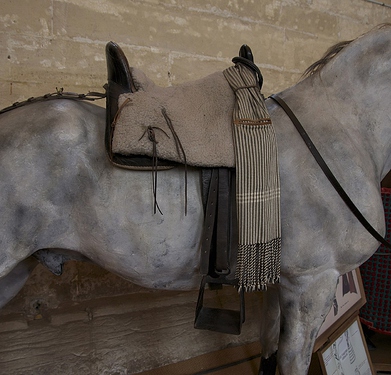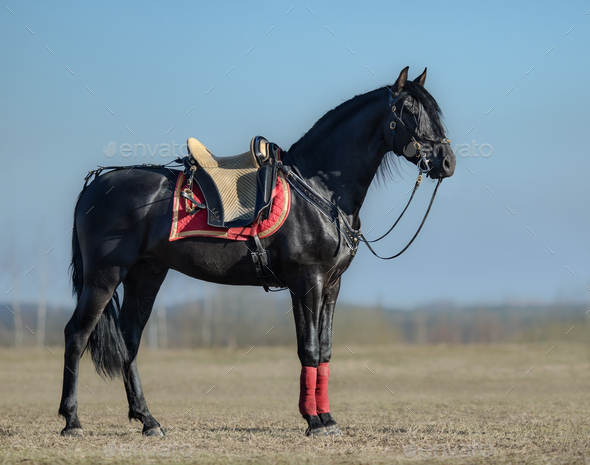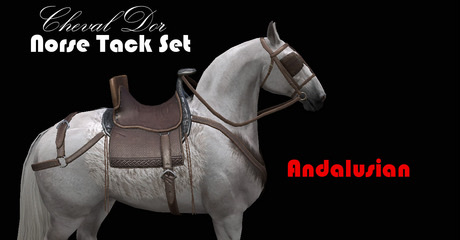I have a 21 year old 14.1 ride/drive mare- owned her for 9 years. Opinionated (bit-picky) but solid citizen, no spook, no bolt, no buck.
She had a month off due to health issues in my family. She’s had time off before and is basically a same-horse every time type. Getting back into things, I rode her twice the first week, mostly walk, no issues, even went out trails. Yesterday put her in the cart in our outdoor, expecting to just walk with a little trot. Walked around, did some circles, no problem, seemed eager to trot. Asked for trot, went 4 strides, sped up, threw a canter stride, and exploded into a bucking fit. Not 1-2 feeling-good bucks but angry big crow-hops that lasted halfway around the arena. I was able to sort of steer and used my voice to finally calm her down and get her stopped. Got out checked her over - she seemed tense and really peeved but I couldn’t find anything wrong. Because I was by myself I didn’t feel safe to continue so unhitched right there and ground drove a bit -seemed fine.
This horse has never bucked under saddle or in harness the whole time I’ve owned her so this robust a response was so extreme and out of character for her it really threw me.
A little uncertain where to go from here. I can get a second person and we have an indoor so it can be a relatively confined space but I was really surprised at her response and would really like not to experience that again.
Lives out 24/7, on hay and a small amount of ration balancer. No signs of ulcers, not girthy, seems normal to musculoskeletal palpation and neuro. Does have a vet visit scheduled for routine stuff next week and will be checked over.
Thoughts? I am worried about pain bc it seems odd to me that a 21year old horse would suddenly decide to take up bucking as a behavioral response without any history of this. I could get a kicking strap but she wasn’t really kicking (just crow-hopping) and I don’t want to turn a buck into a bolt.



